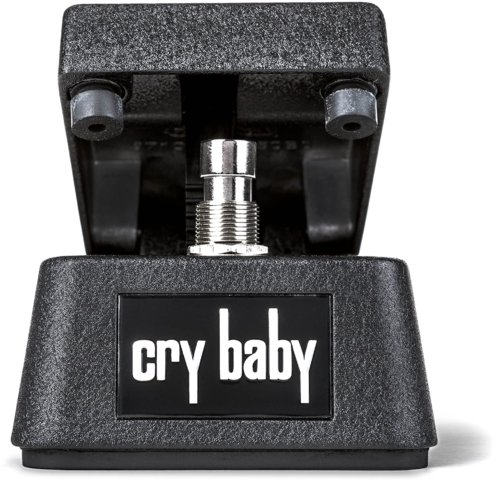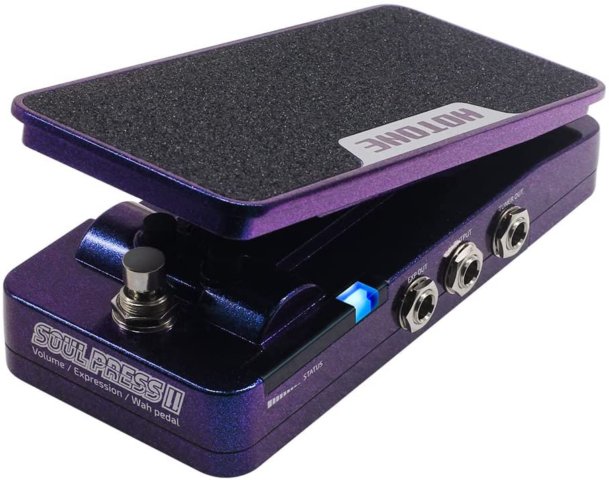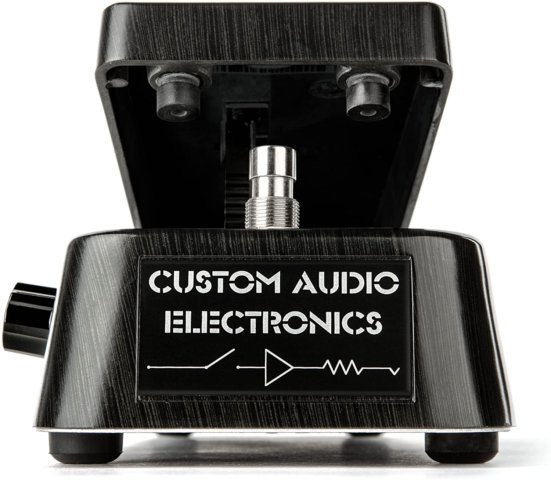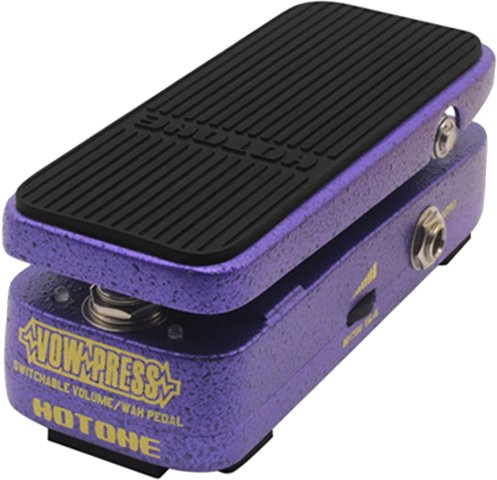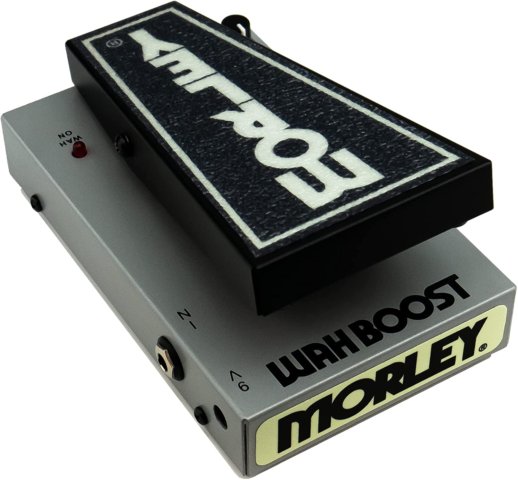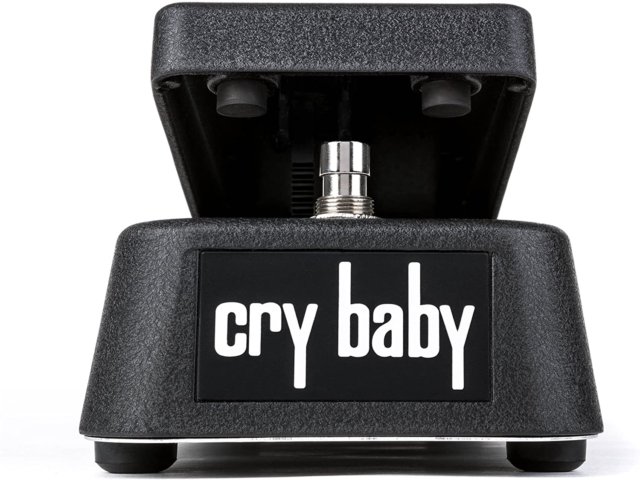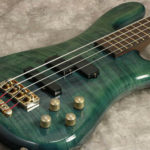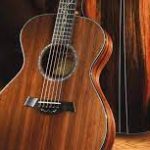WAH PEDALS
This site contains affiliate links, which we receive a commission from any sale or purchase, and are of no cost to you. As a participant in the Amazon Services LLC Associates Program, affiliate links will redirect you to Amazon.com and its affiliate sites. Please read our DISCLAIMER for more information
Wah pedals give you access to the same effect that helped launch and keep famous guitarists like Jimi Hendrix and Steve Vai at the top. By accentuating certain frequencies or sweeping the band-pass filter up and down, you can create an otherworldly sound that the crowd will find impossible not to focus on and cheer for once your solo is over…














